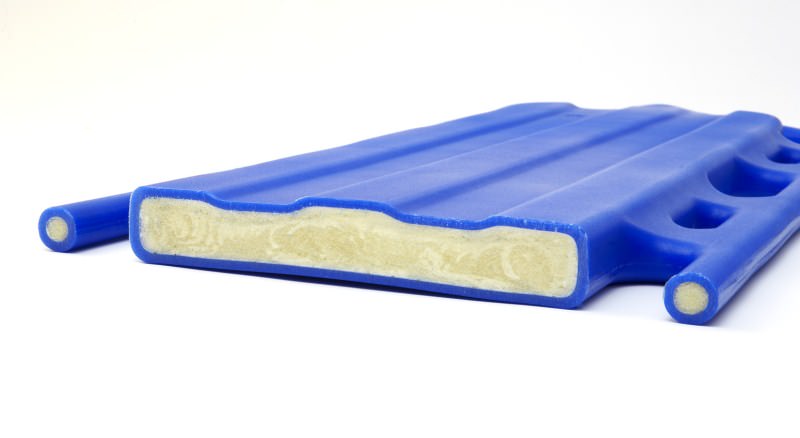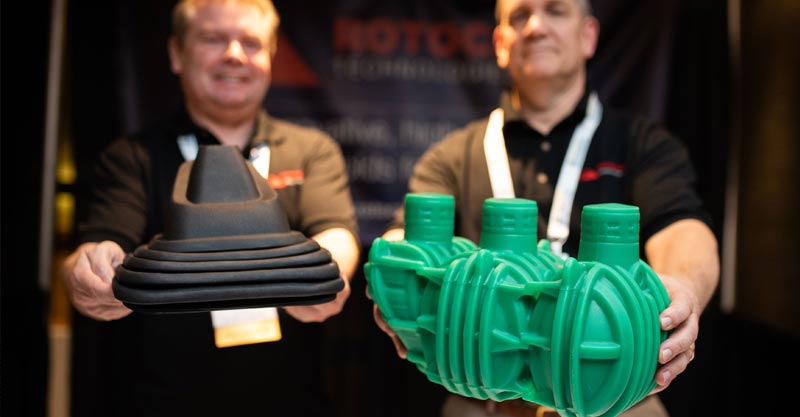Why Rotomolding is the Preferred Choice for Heavy-Duty Applications
Rotational molding, often known as Rotational Molding, is an essential process in professional plastic creation, enjoying a significant position in creating durable, supreme quality items across numerous industries. That production strategy has been embraced because of its capacity to make intricate, useless plastic things which can be both robust and light, rendering it a go-to process for a wide variety of industrial applications. What Makes Rotational Molding Therefore Important? Rotational molding presents specific advantages around different plastic manufacturing processes. Unlike shot molding or hit molding, rotomolding involves heat plastic resin in the shape, while spinning it along multiple axes. This method benefits in a level finish of plastic on the inner surface of the shape, permitting standard width and a smooth finish.

This original process is particularly valuable in industries where durability, strength, and resistance to wear and tear are crucial. Rotational molding is ideal for making large, worthless elements such as for instance storage tanks, bins, and bins, along with smaller items like automotive components and marine products. Their ability to produce easy, strong items with large affect opposition ensures that these materials may tolerate hard situations, making them vital in industries like agriculture, construction, and logistics. Critical Advantages of Rotational Molding One of the standout great things about rotational molding is its mobility in design. The procedure can accommodate complicated shapes and various wall thicknesses, letting companies to meet accurate style specifications. Additionally, the lack of stitches or weld lines improves the energy and durability of the product, eliminating possible weak locations that may lead to failure below stress. Rotational molding also helps the utilization of a wide variety of components, offering suppliers more possibilities as it pertains to selecting the proper plastic due to their needs. Whether it's a very tough substance for heavy-duty purposes or a lightweight option for client things, the versatility of this method assists cater to diverse creation needs.

Sustainability and Cost-Effectiveness Still another essential advantage could be the sustainability aspect of rotomolding. The method produces small spend because excess material can frequently be recycled and recycled in potential creation runs. Furthermore, the energy-efficient nature of rotational molding causes it to be a cost-effective option for large-scale creation, enabling businesses to keep aggressive pricing while however reaching high-quality results. Conclusion Rotational molding is really a cornerstone of professional plastic manufacturing, offering benefits that go much beyond easy manufacturing. Its power to produce sturdy, flexible, and cost-effective plastic products with small waste helps it be a vital process for several industries. As industrial needs carry on to cultivate, the significance of rotational molding in providing reliable, sustainable options will only improve, solidifying its position as an integral method in modern manufacturing.